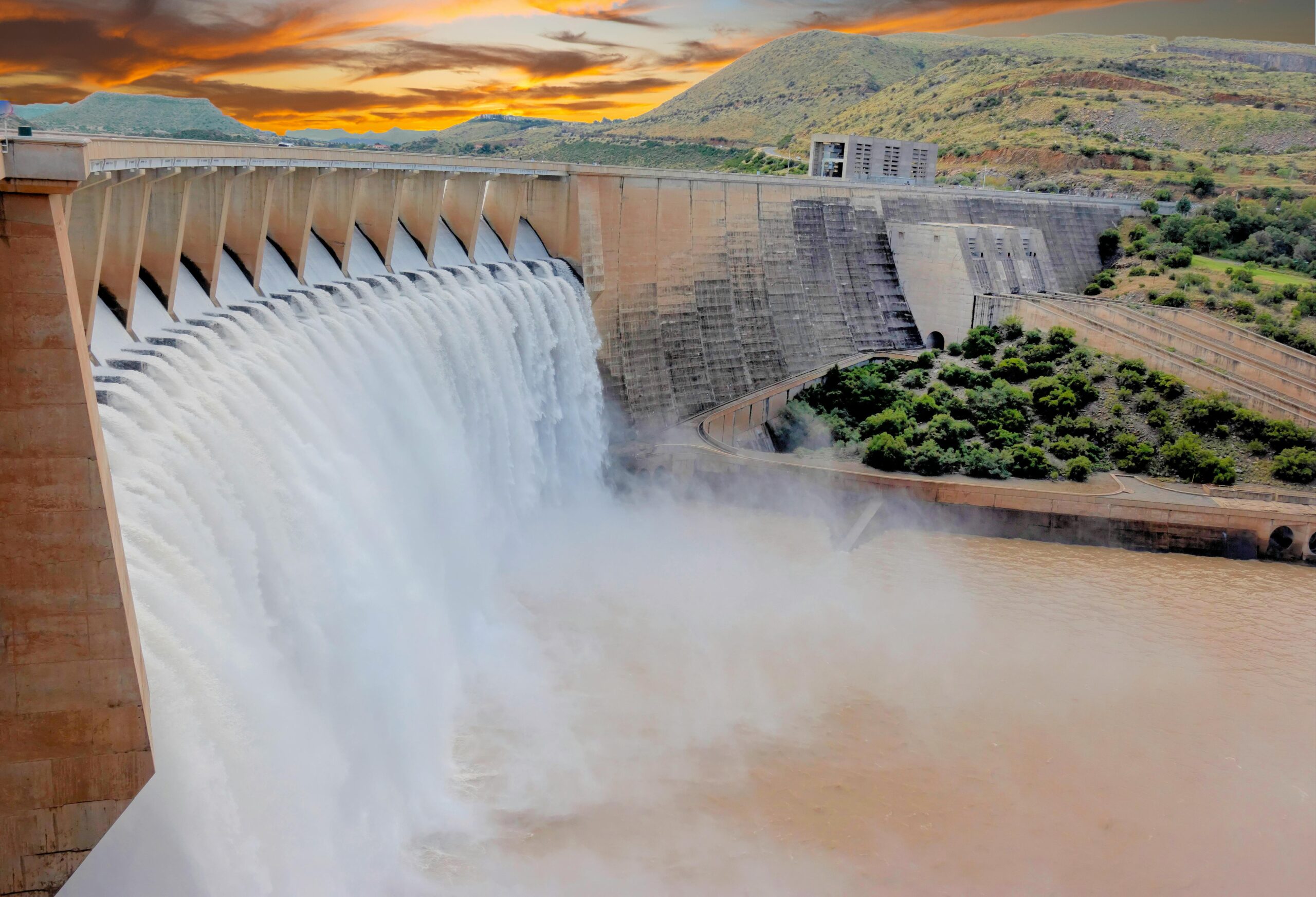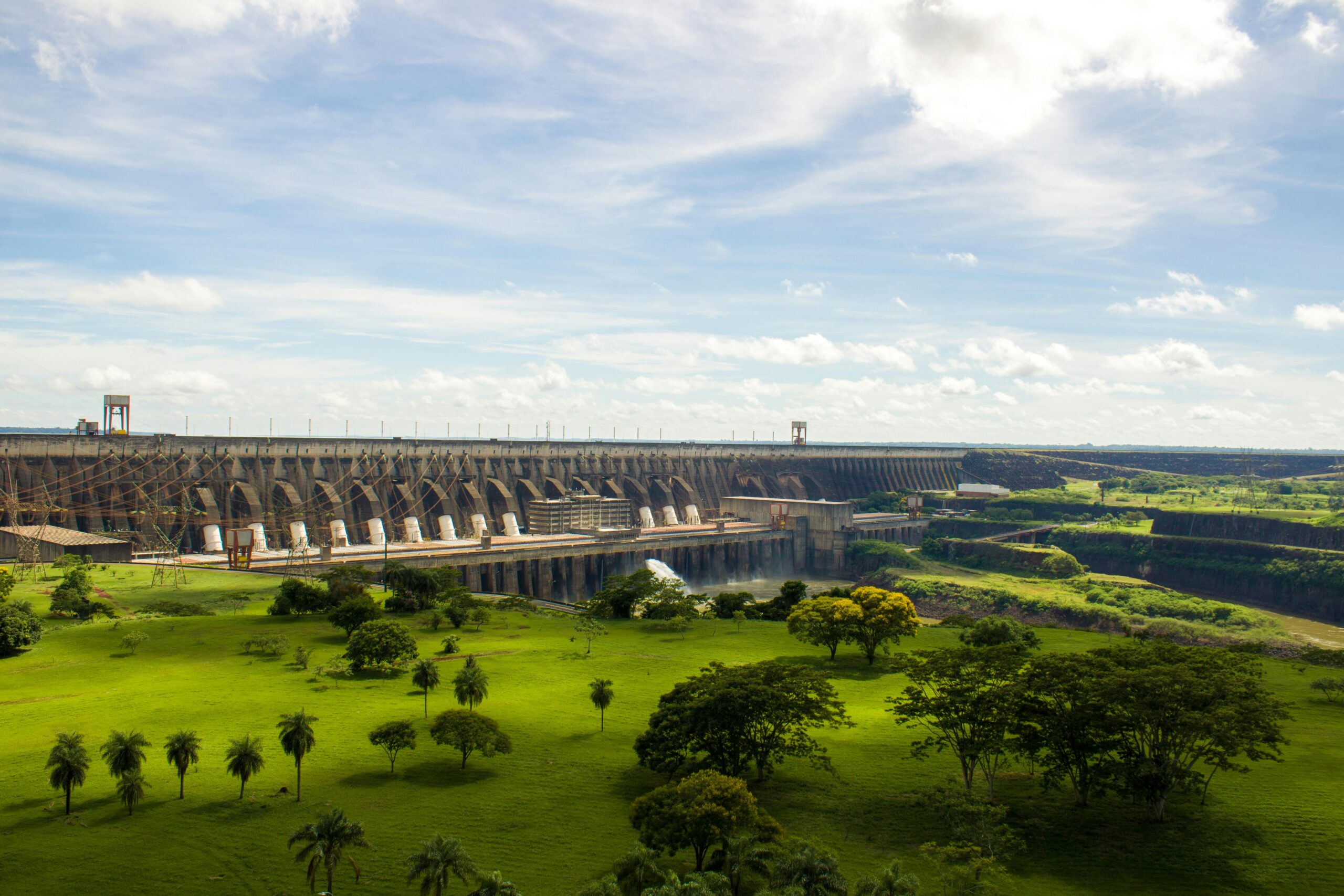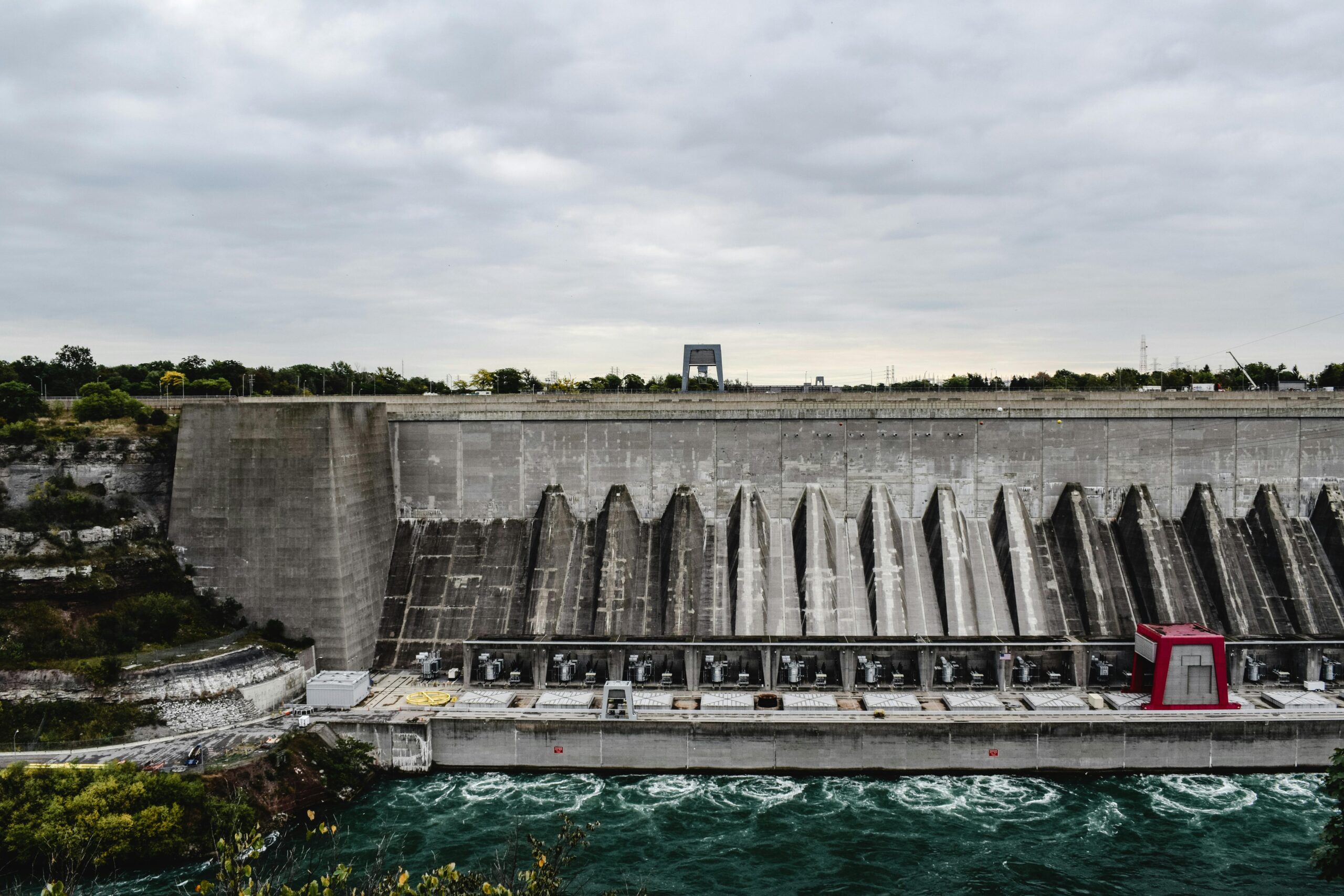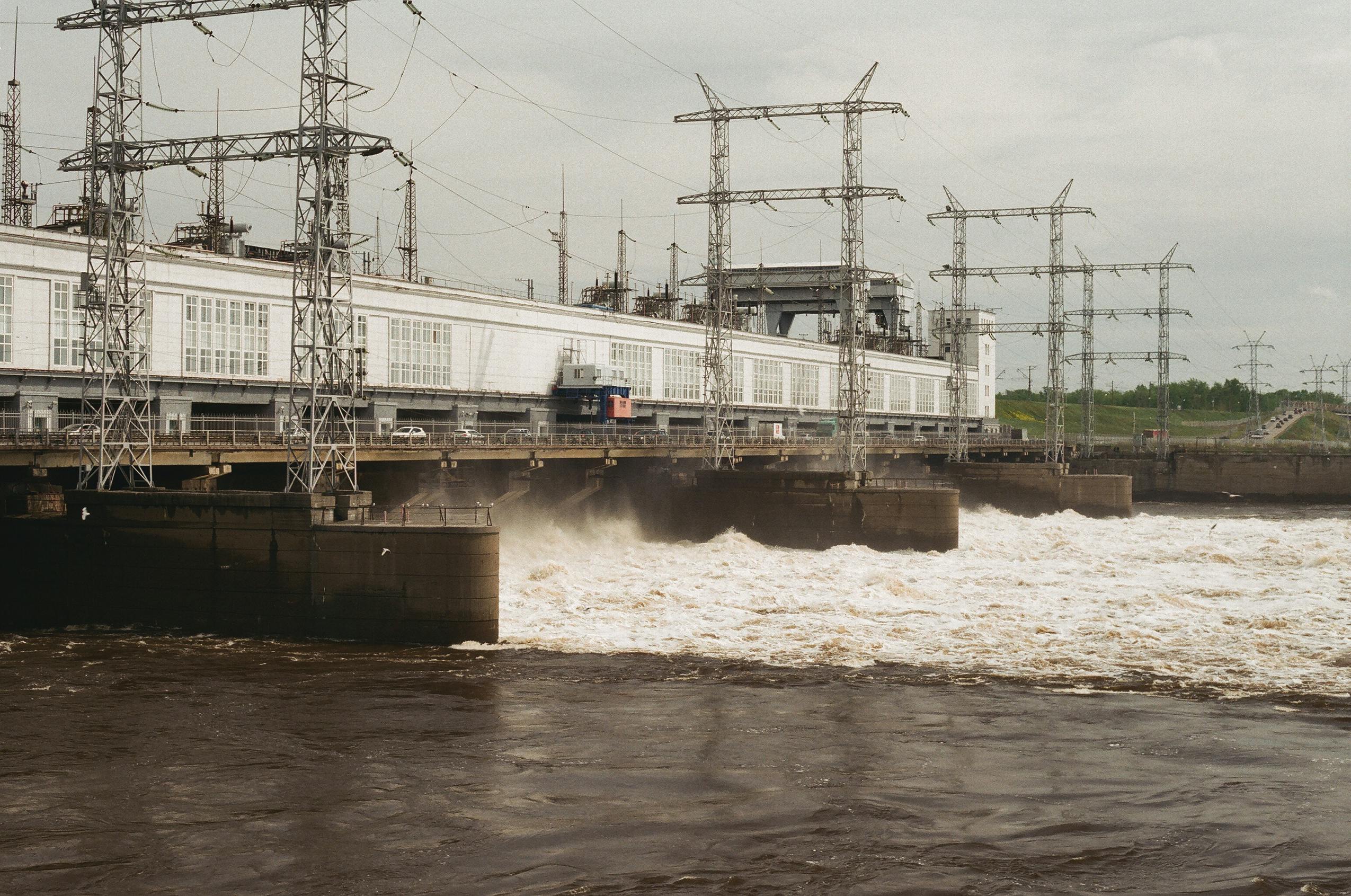Introduction
Large dams have long been a cornerstone of hydropower development, providing significant benefits in terms of energy generation, flood control, and water supply. However, they also come with substantial environmental impacts that have sparked considerable debate among policymakers, environmentalists, and local communities. This article explores the environmental consequences of large dams, the ongoing debate surrounding hydropower, and potential pathways to mitigate these impacts.
The Promise of Large Dams
Large dams are constructed to harness the power of flowing water, converting it into electricity. They play a crucial role in meeting the energy needs of growing populations and are often seen as a solution to the challenges of climate change and energy security. The benefits of large dams include:
- Renewable Energy Generation: Large dams can produce vast amounts of electricity, contributing to a cleaner energy mix by displacing fossil fuel-based power generation.
- Flood Control: By regulating river flow, dams can significantly reduce the risk of flooding in downstream areas, protecting communities and agricultural land.
- Water Supply: Dams create reservoirs that store water for agricultural irrigation, drinking water supply, and industrial use, especially in regions prone to drought.
- Recreational Opportunities: Reservoirs often provide recreational activities such as fishing, boating, and tourism, contributing to local economies.
Environmental Impacts of Large Dams
Despite their advantages, large dams can have profound and often detrimental environmental effects:
- Ecosystem Disruption: The construction of a dam alters the natural flow of rivers, impacting ecosystems both upstream and downstream. Aquatic habitats are often destroyed, leading to loss of biodiversity, particularly for fish species that rely on free-flowing rivers for spawning.
- Sediment Trapping: Dams can trap sediment that would normally flow downstream, leading to reduced soil fertility in downstream agricultural areas and impacting the health of river ecosystems.
- Altered Water Quality: Reservoirs can experience stratification, where layers of water form at different temperatures, affecting oxygen levels and leading to the growth of harmful algal blooms. This can compromise water quality for both aquatic life and human consumption.
- Displacement of Communities: Large dam projects often require the relocation of communities, leading to loss of homes, livelihoods, and cultural heritage. The social costs of displacement can be significant and long-lasting.
- Climate Change Considerations: While hydropower is a renewable energy source, the reservoirs created by large dams can emit greenhouse gases. Decomposing organic material in submerged areas releases methane, a potent greenhouse gas that can negate some of the climate benefits of hydropower.
The Hydropower Debate
The environmental impacts of large dams have fueled a heated debate about the role of hydropower in the global energy transition. Key points of contention include:
- Energy vs. Environment: Proponents argue that the need for renewable energy sources justifies the construction of large dams, while opponents contend that the environmental costs outweigh the benefits.
- Indigenous Rights and Local Communities: Many large dam projects have been implemented without the consent of affected communities, raising ethical concerns about development practices. Advocates for social justice argue for the rights of indigenous peoples and local communities to be respected in energy planning.
- Alternatives to Large Dams: Critics of large dams point to alternative energy sources, such as solar and wind, as more sustainable and less disruptive options. They advocate for decentralized energy solutions that do not require massive infrastructure investments.
Mitigating Environmental Impacts
To navigate the complex hydropower debate, stakeholders can pursue strategies to mitigate the environmental impacts of large dams:
- Integrated Water Resource Management: Implementing comprehensive water resource management can help balance the needs of energy production, agriculture, and ecosystem health. Collaborative approaches that involve various stakeholders can lead to more sustainable outcomes.
- Environmental Flow Standards: Establishing environmental flow requirements can help maintain river health by ensuring that sufficient water flows downstream to support ecosystems and local communities.
- Sustainable Design and Technology: Innovations in dam design, such as fish ladders and bypass systems, can help mitigate impacts on aquatic life. Moreover, assessing the environmental impacts of proposed projects through rigorous Environmental Impact Assessments (EIAs) is essential.
- Community Engagement: Ensuring that local communities are involved in decision-making processes and benefit-sharing arrangements can help address social justice concerns and foster support for hydropower projects.
- Decommissioning and Restoration: In cases where large dams have caused significant environmental harm, exploring options for decommissioning and restoring river ecosystems can help recover lost biodiversity and restore natural processes.
Conclusion
The environmental impacts of large dams pose significant challenges in the context of hydropower development. While these structures provide critical benefits in terms of energy production and flood control, their effects on ecosystems, communities, and climate must be carefully considered. By fostering dialogue among stakeholders, implementing sustainable practices, and prioritizing community rights, it is possible to navigate the hydropower debate and work towards energy solutions that are both effective and environmentally responsible.








Leave a Comment